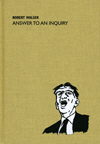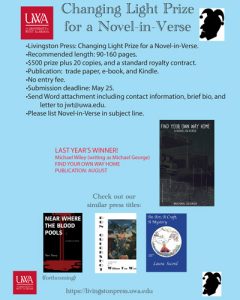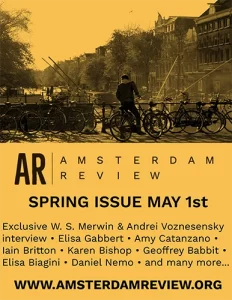Answer to an Inquiry
Swiss writer Robert Walser opens Answer to an Inquiry, originally published in 1907, by stating his purpose for writing it: “You ask me if I have an idea for you, sir, you ask me to draft a sketch, a play, a dance, a pantomime, or some other thing you could use, that you could depend on.” From there, Walser lists the materials needed for costumes, set, and lighting, and gives step-by-step instructions with commentary on how to convey true suffering to an audience:
Swiss writer Robert Walser opens Answer to an Inquiry, originally published in 1907, by stating his purpose for writing it: “You ask me if I have an idea for you, sir, you ask me to draft a sketch, a play, a dance, a pantomime, or some other thing you could use, that you could depend on.” From there, Walser lists the materials needed for costumes, set, and lighting, and gives step-by-step instructions with commentary on how to convey true suffering to an audience:
It does not take much to act out love, but sometime in your godforsaken, savagely tattered life you must have honestly and simply felt what love is and how love likes to behave. Naturally, it is the same with anger, with the feeling of anonymous mourning, in short, with every human sentiment.
The human condition is portrayed as miserable and godforsaken, and as such, there is much concern over the soul. In order to convey suffering, the actor must appear to show his soul to the audience. The instructions begin with letting out a roar “such that people actually believe a soul is roaring.” Later, Walser advises the young actor:
to ponder seriously with which quick movement of your body, sir, you are able to best symbolize a convulsion of the soul. The stage is the open, perceptible maw of poetry; in your legs, dear sir, very specific states of the soul can come to shuddering expression, to say nothing of the face and the thousand mimicking duties it has.
The instructions range from practical to the absurd. In one step of the process, the actor is to begin to speak, but when he opens his mouth, a snake is to come out. In another step, the actor calmly lights a cigarette after having just stuck “a long bent knife in one eye, so that the point of the knife appears underneath on the neck, near the throat, spurting out blood.” In a brief introduction by the illustrator, Friese Undine writes, tongue in cheek, “It should be said, though, that without stage illusion or digital enhancement, this drama would be difficult to perform twice.” Undine’s illustrations further contribute to the absurdity of Walser’s instructions.
From the hardcover and binding, to the full page illustrations with few words spread across the pages and some pages given over entirely to illustration, this new edition appears almost like a children’s book. In addition to Undine’s introduction, it also includes an afterword from the translator, Paul North, in which he discusses Walser’s portrait of suffering in relation to the story of Job. Walser was admired by Kafka, Benjamin, and Hesse, and his writing has been re-discovered by a number of contemporary German writers. This new translation, along with Susan Bernofsky’s recent translation of Microscripts, should help introduce Walser’s work to a new generation.





